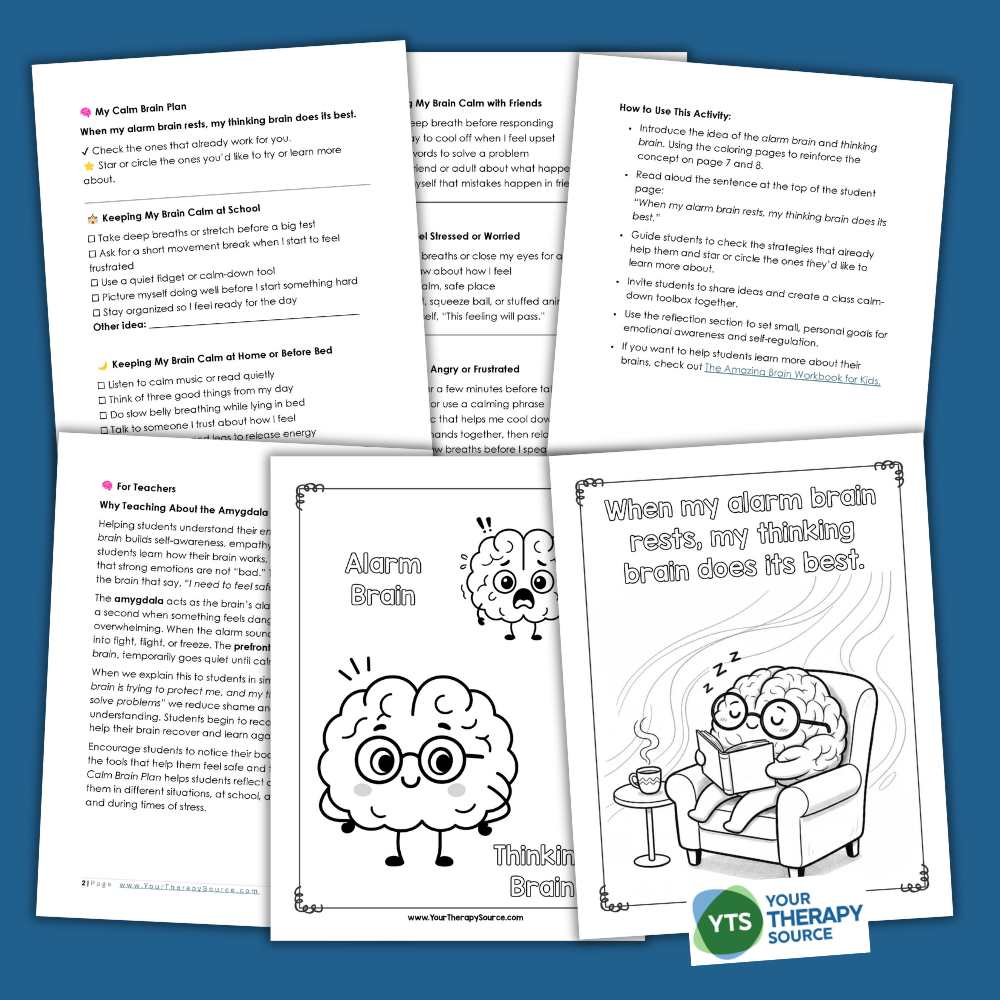Help Students Build a Calm Brain – Free Printable
When children understand how their brains work, they gain a powerful tool for success, at school, at home, and in life. Instead of feeling frustrated by big emotions or unexpected reactions, they learn that these moments come from how their brains are wired to protect them. These Calm Brain resources teach students how to notice what’s happening inside their bodies, use strategies to stay calm, and take charge of their learning and behavior. You can download it for FREE at the bottom of the post.
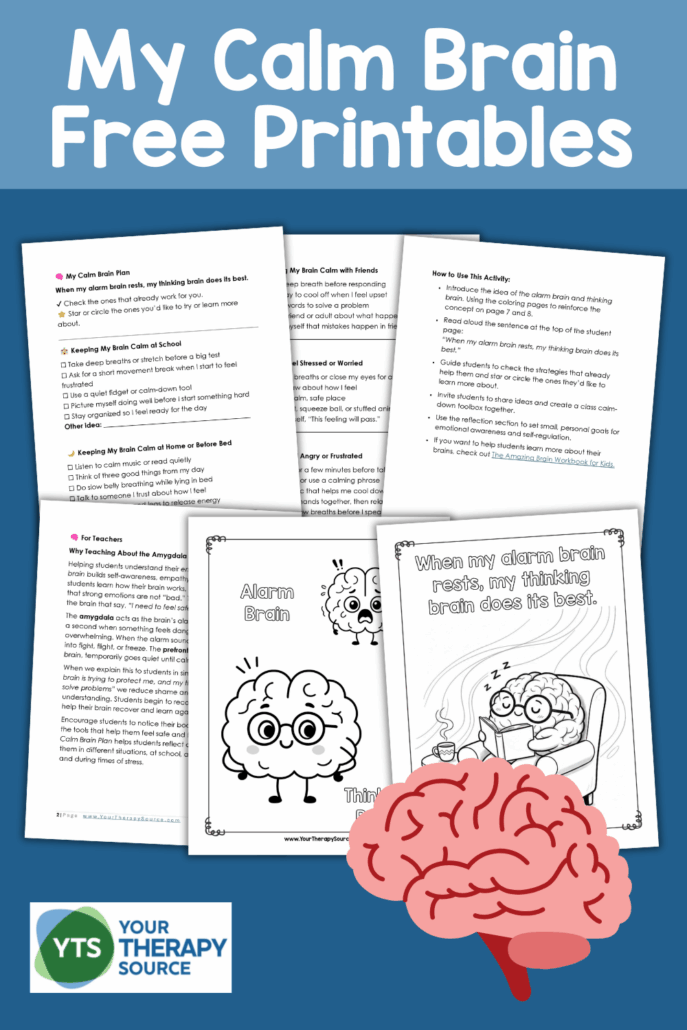
What Is a Calm Brain?
A Calm Brain is one that feels safe, focused, and ready to learn. It’s the balance between two important parts of the brain:
- The Alarm Brain (amygdala) reacts quickly to stress or danger, keeping us safe.
- The Thinking Brain (prefrontal cortex) helps us solve problems, make decisions, and control impulses.
When students experience stress whether it’s a tough assignment, a disagreement with a friend, or a surprise change in routine—the alarm brain can take over.
Their body moves into fight, flight, or freeze mode, and learning becomes difficult. When the alarm brain rests, the thinking brain does its best. That’s when students can listen, focus, and succeed.
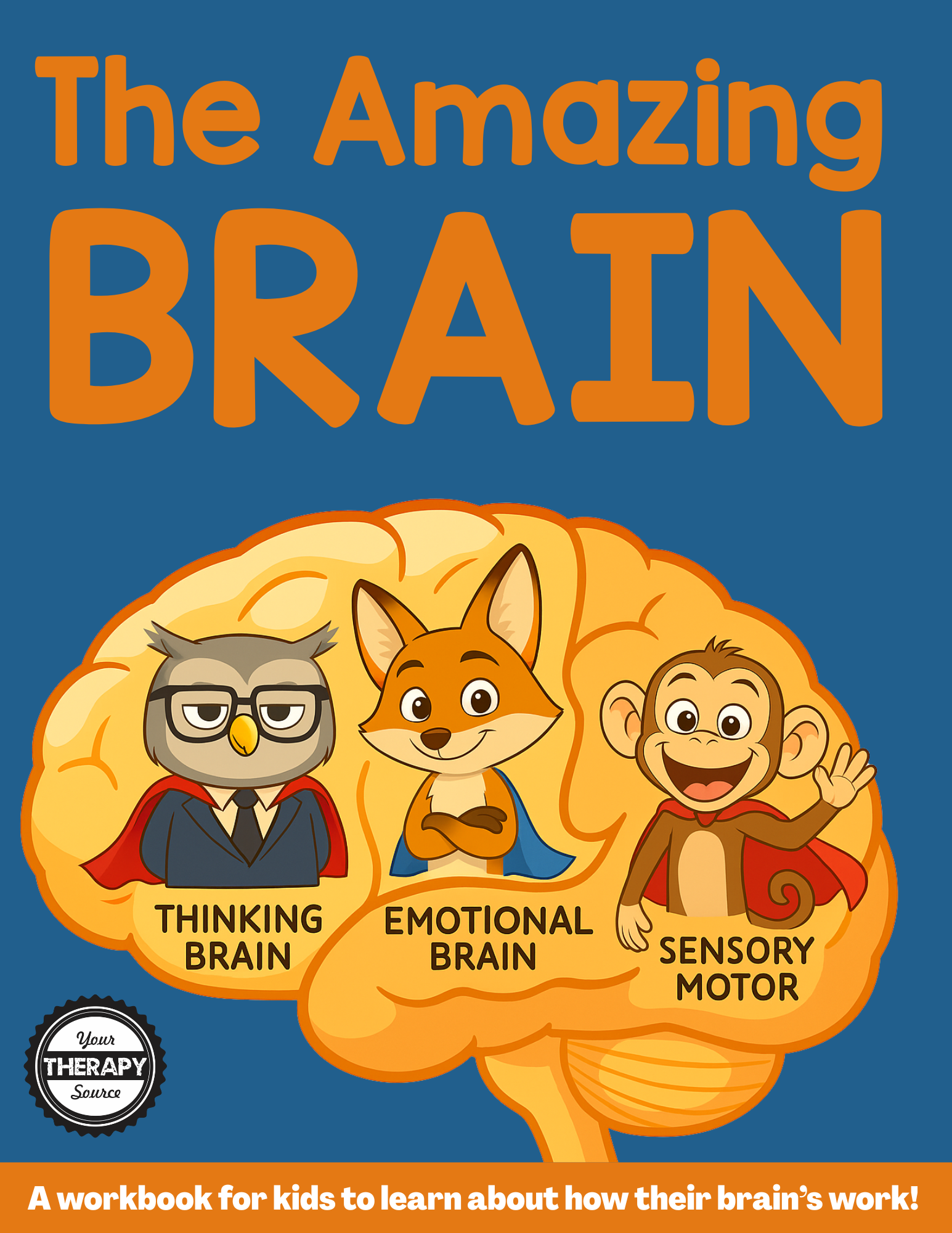
The Amazing Brain Workbook for Kids
Why Teaching About the Calm Brain Matters
Helping students understand their emotional intelligence brain is one of the most important things we can do to build lifelong skills. Understanding their brains gives students power over their emotions and actions, skills that carry far beyond the classroom. When they learn that the brain sends “alarm” signals to protect them, they stop seeing emotions as bad. They begin to see them as messages and they realize they can use simple strategies to bring their brain back to calm.
This knowledge supports:
- Academic success – a calm brain is better at remembering, problem-solving, and learning new material.
- Social success – students understand why they react and how to repair relationships.
- Emotional success – they learn to self-regulate and respond with confidence.
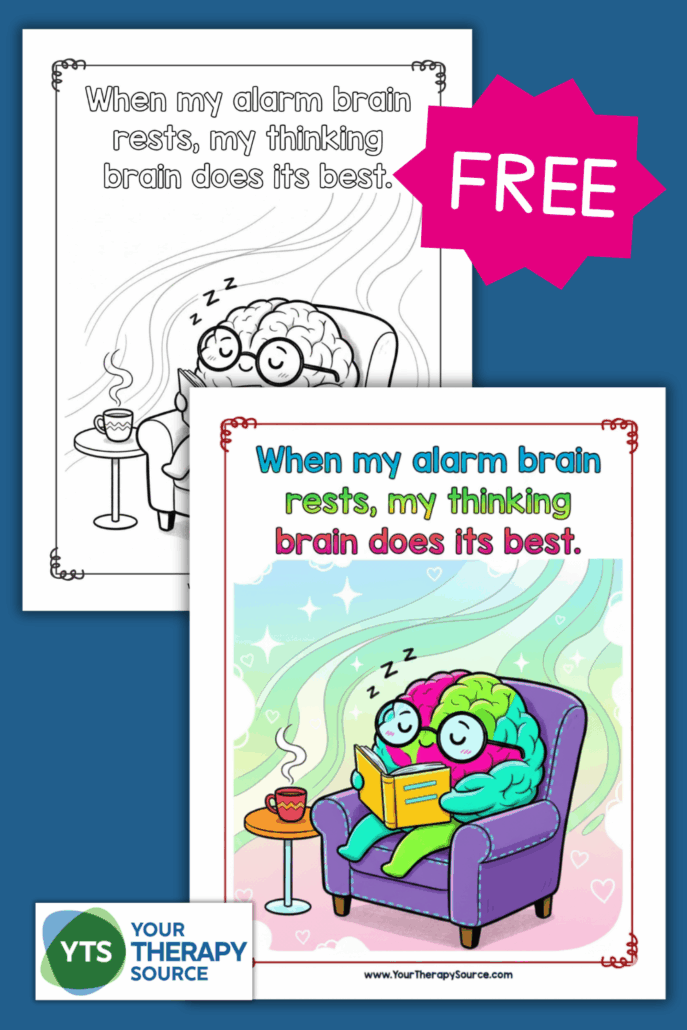
Helping Students Develop a Calm Brain
Every time students notice and calm their alarm brain, they strengthen their thinking brain and that’s how emotional intelligence grows. Here are a few simple ways to integrate brain-based learning into your classroom or home routine:
- Teach the difference between the Alarm Brain and the Thinking Brain using kid-friendly visuals or metaphors.
- Talk about what it feels like when each part is in charge.
- Encourage students to pause and check in with their body: “What is my brain telling me right now?”
- Model self-regulation strategies: take a deep breath, stretch, or use calm language.
- Celebrate when students use a strategy successfully, even in small moments.
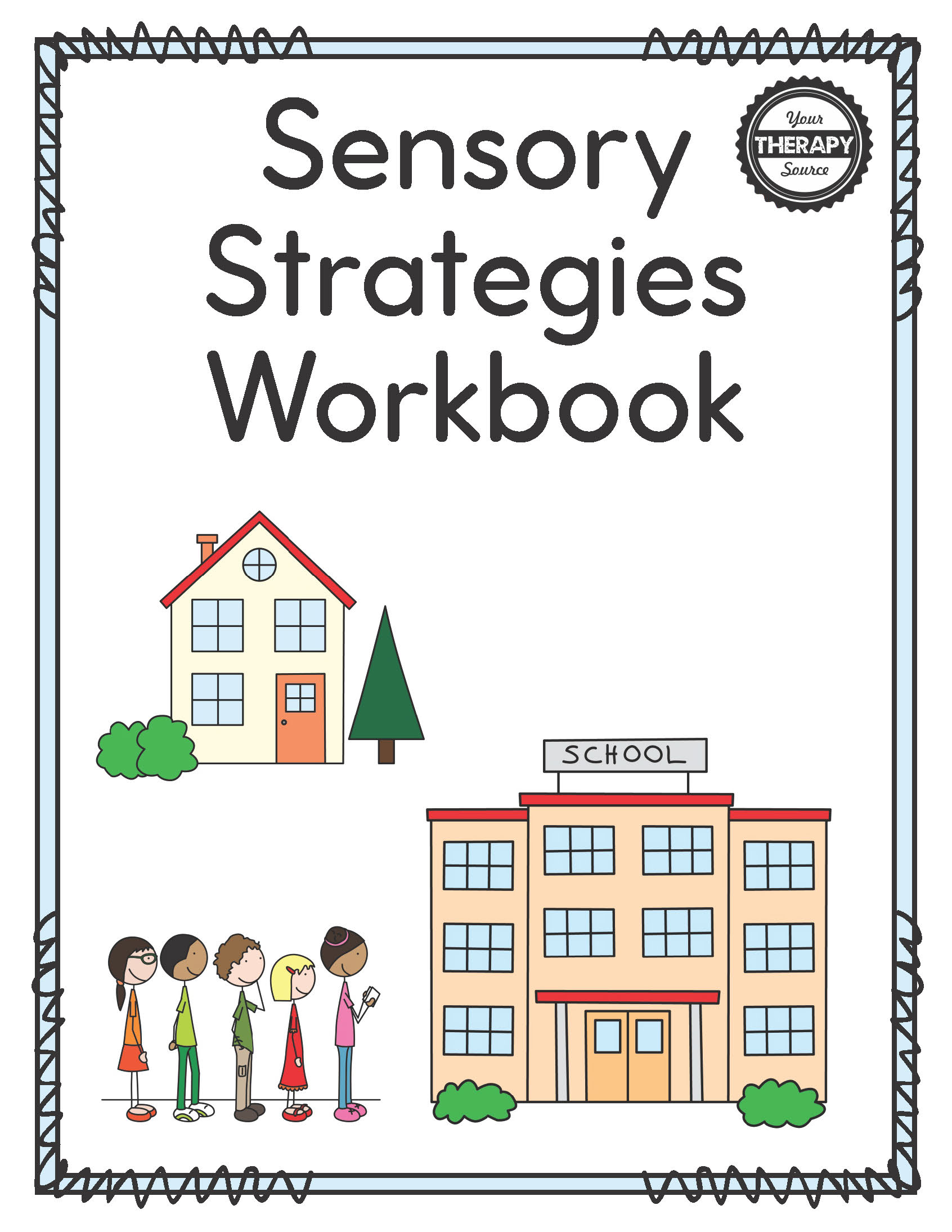
Sensory Strategies Workbook
Free Download: My Calm Brain Plan
To help students explore this concept in a meaningful way, we’ve created a free printable called My Calm Brain Plan. This six-page resource includes:
- A quick teacher guide for introducing the alarm brain and thinking brain
- A student-friendly reflection checklist that helps students identify what helps them stay calm, focused, and ready to learn
- Two coloring pages about the alarm brain and the thinking brain
Students can check strategies that already work for them and star new ones to try, like breathing before a big test, stretching before bed, or taking a break when they feel overwhelmed. ✨ When my alarm brain rests, my thinking brain does its best.
